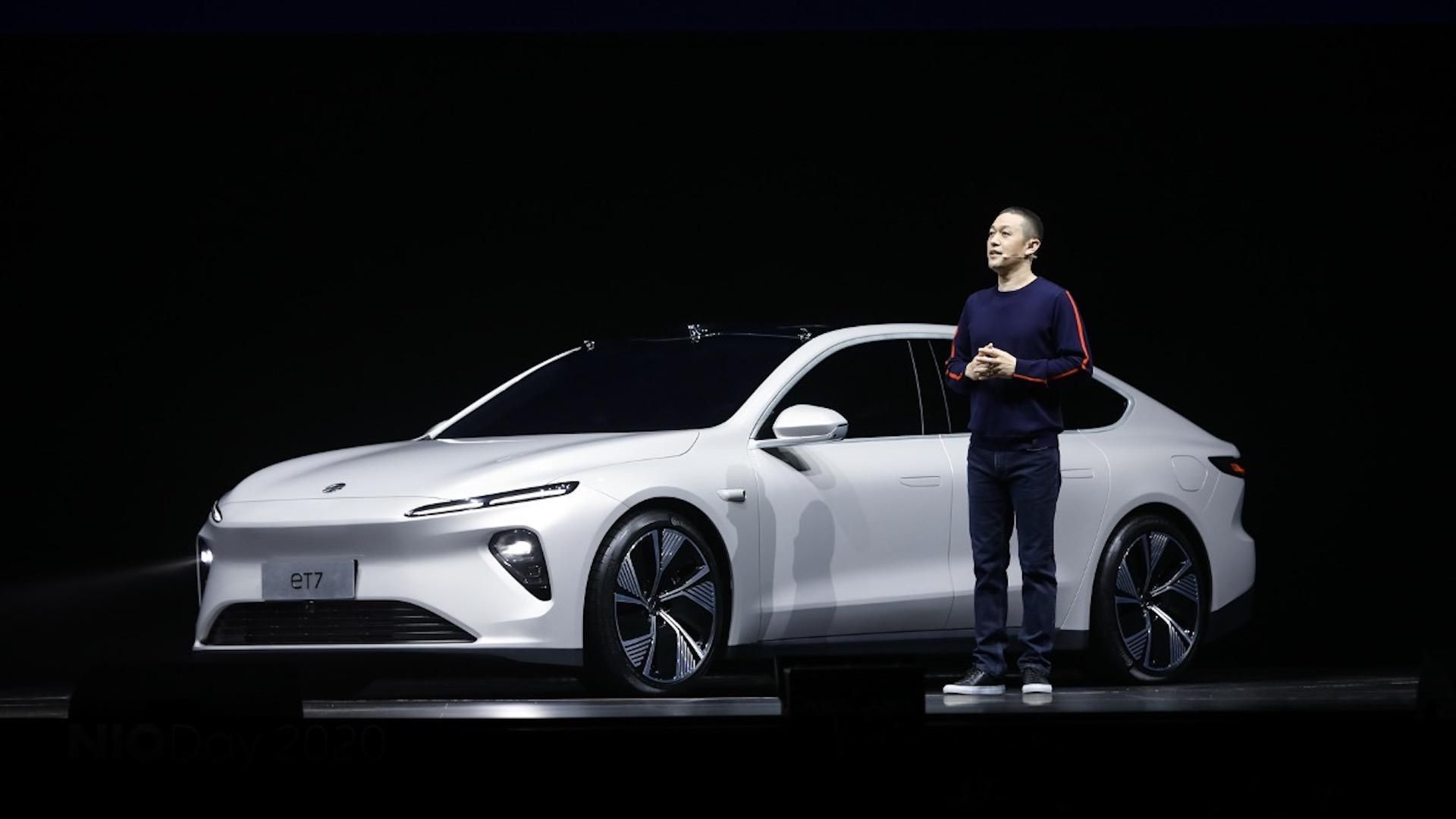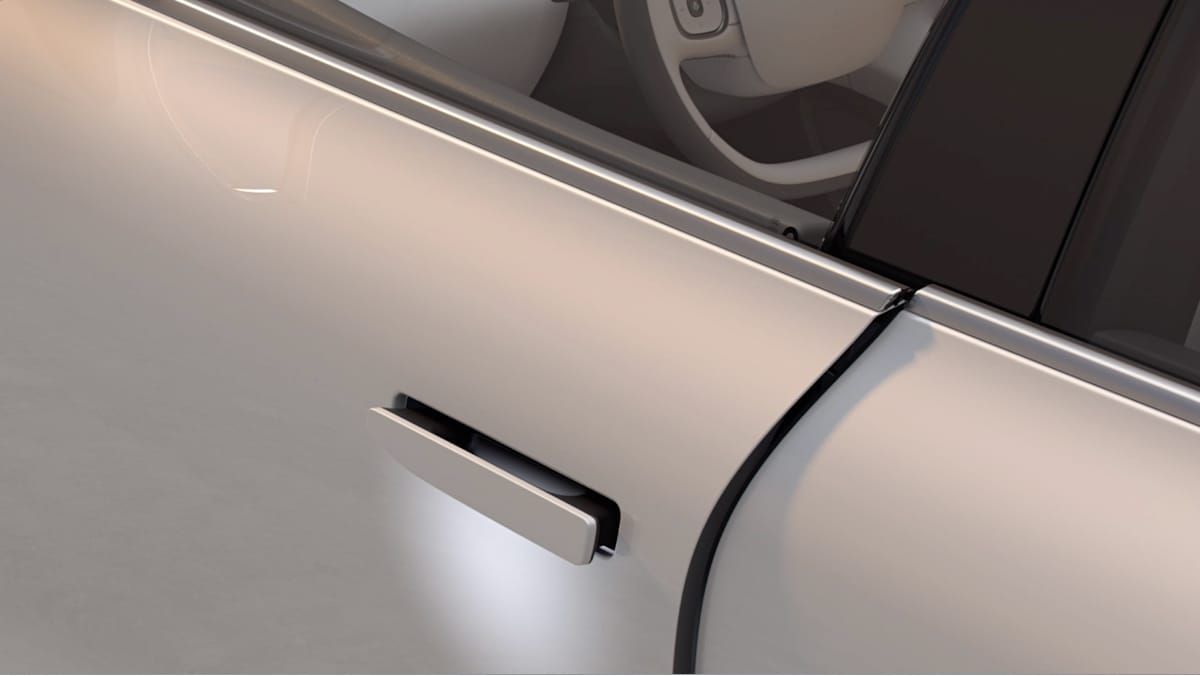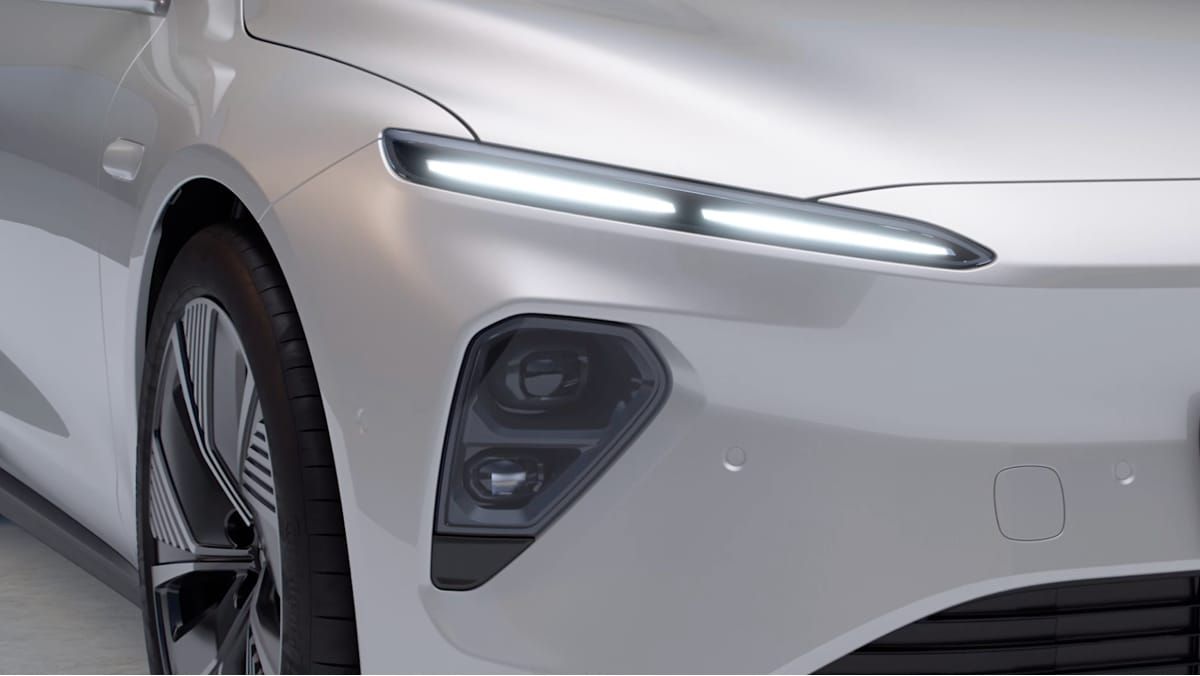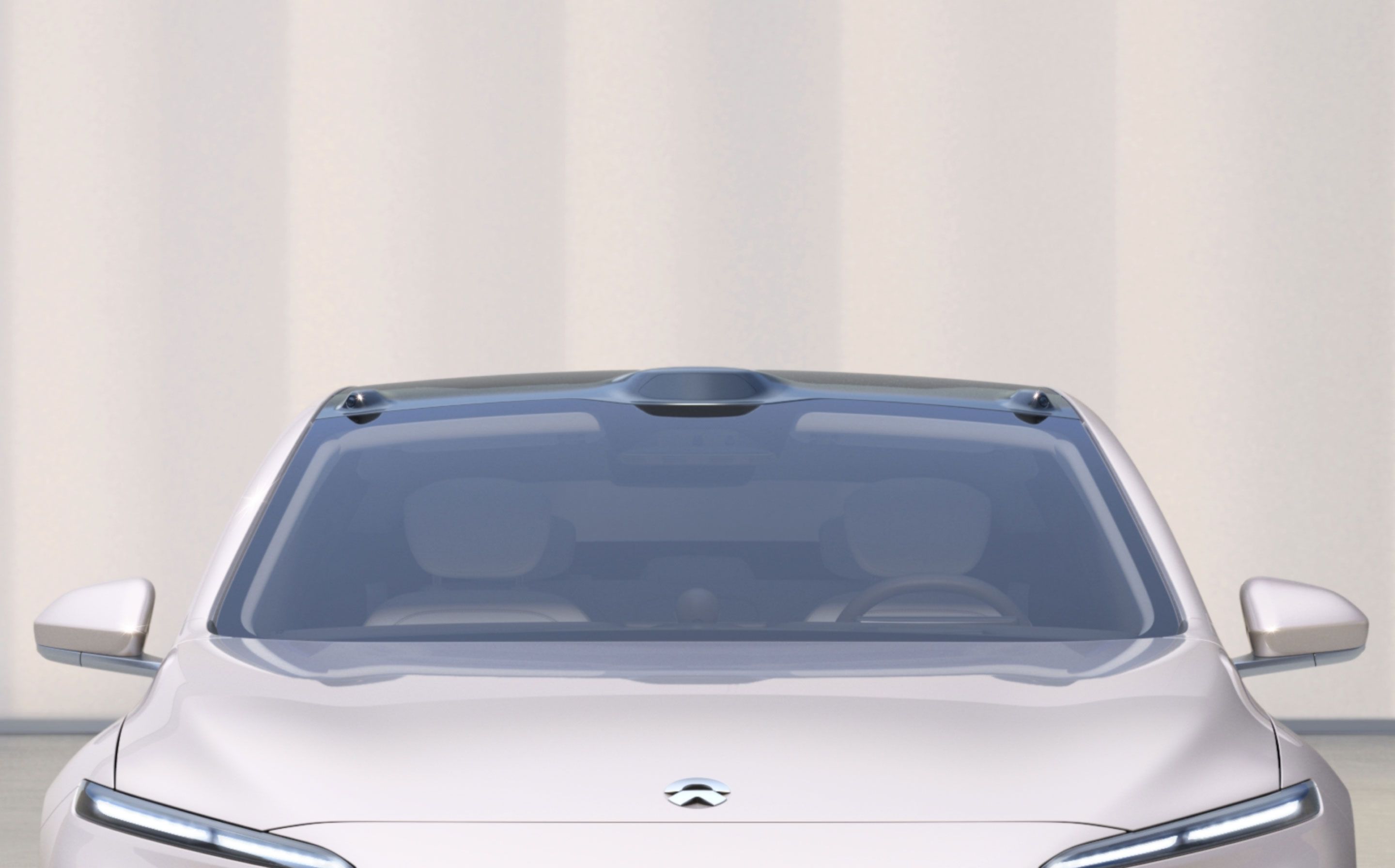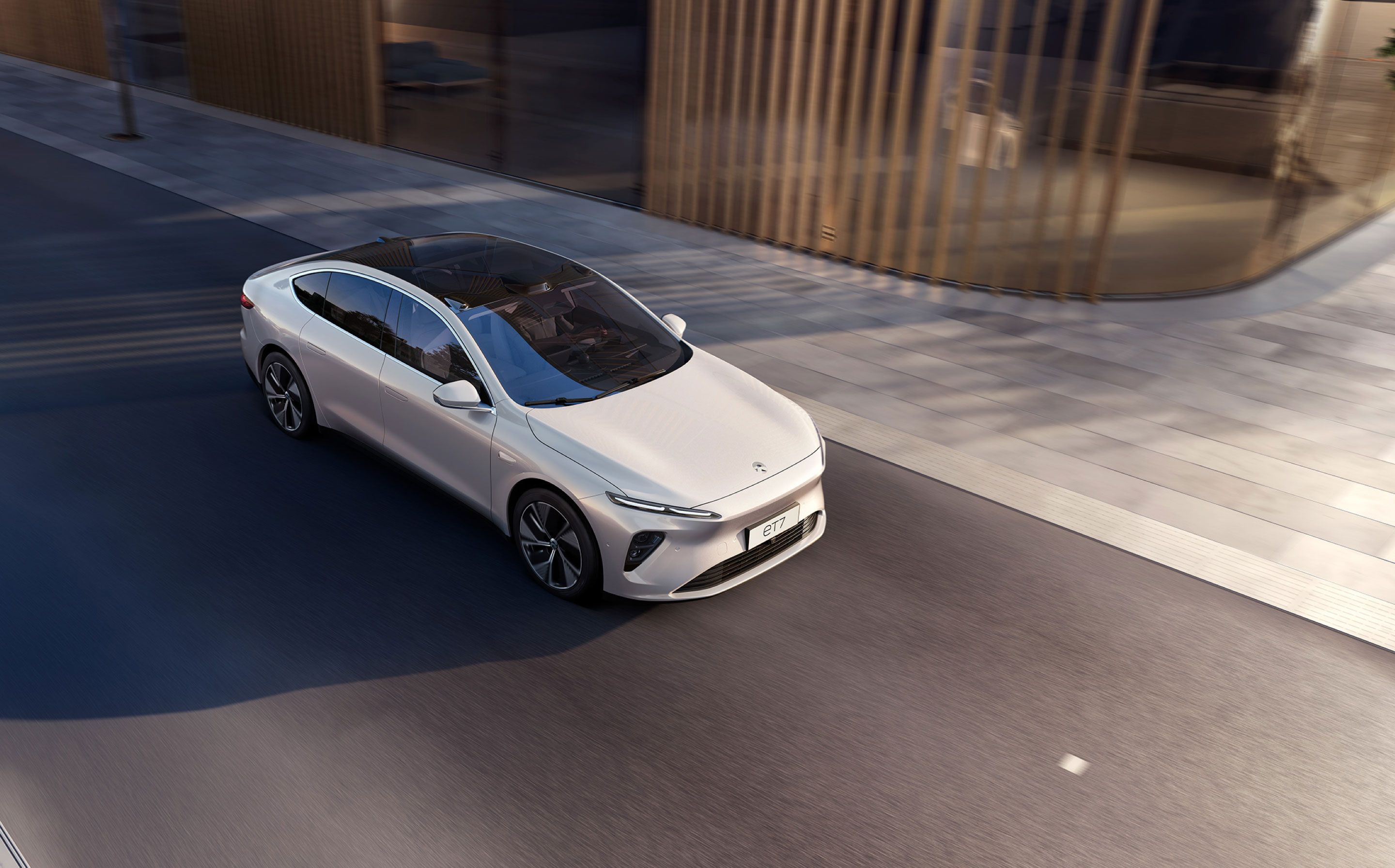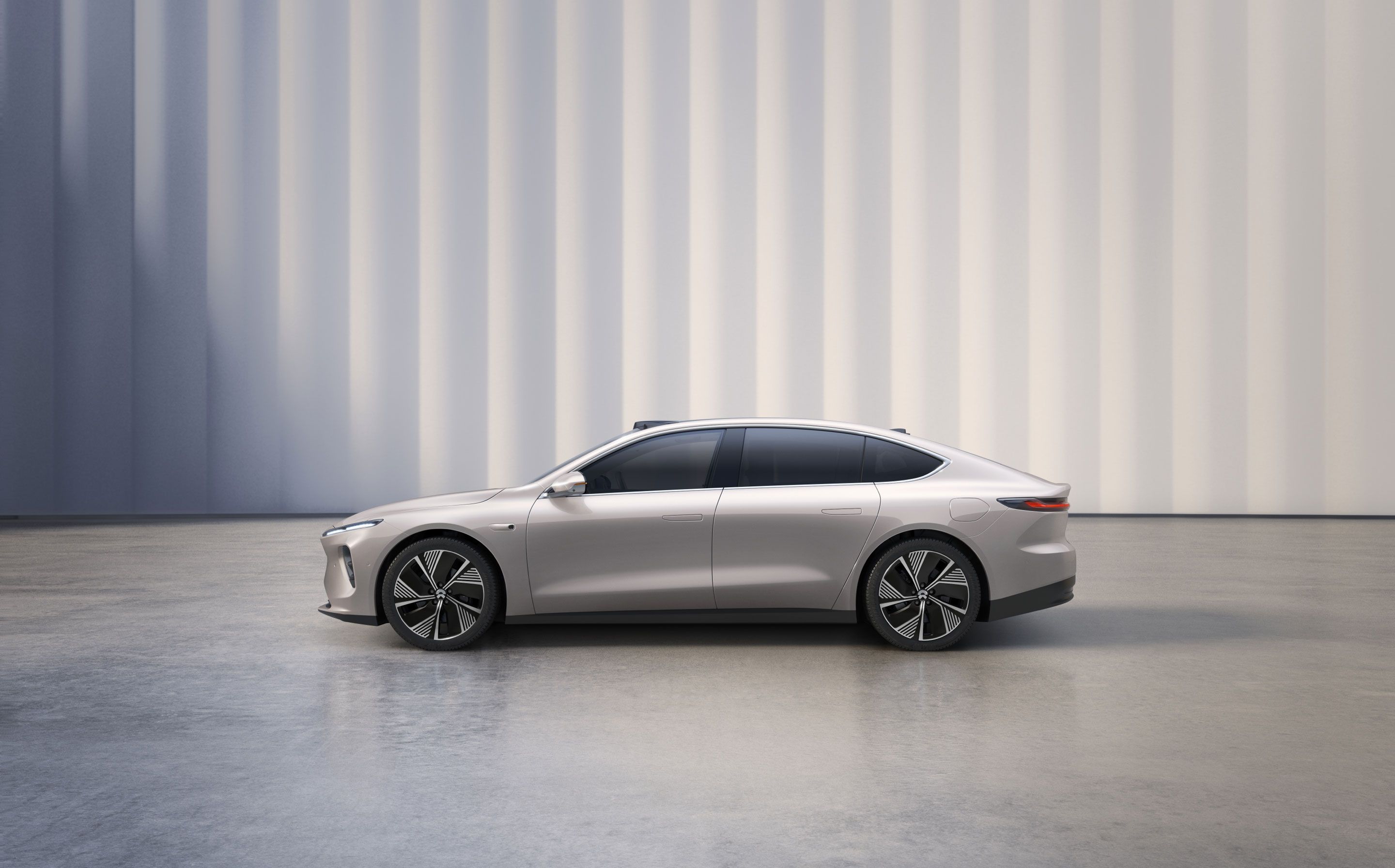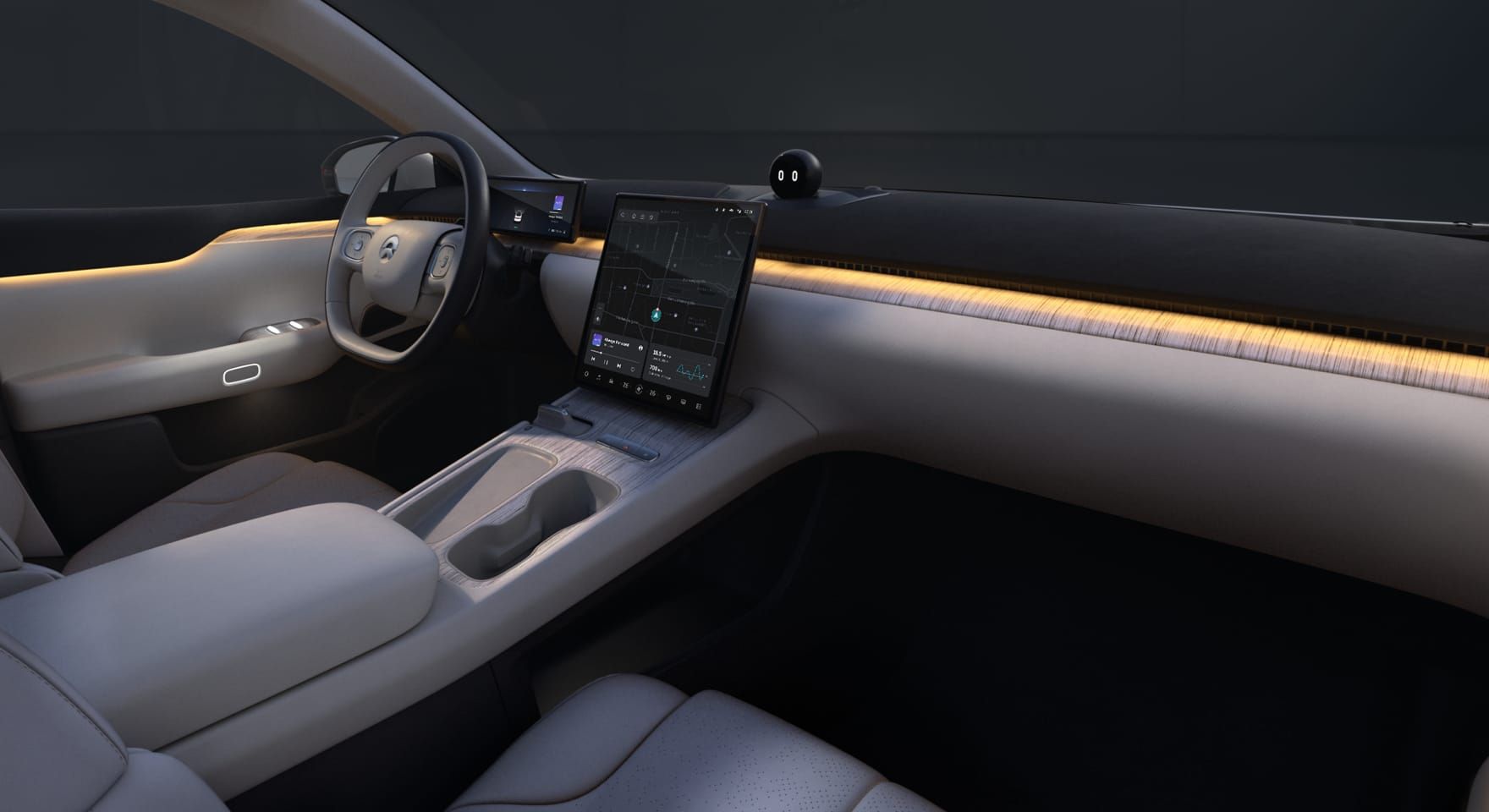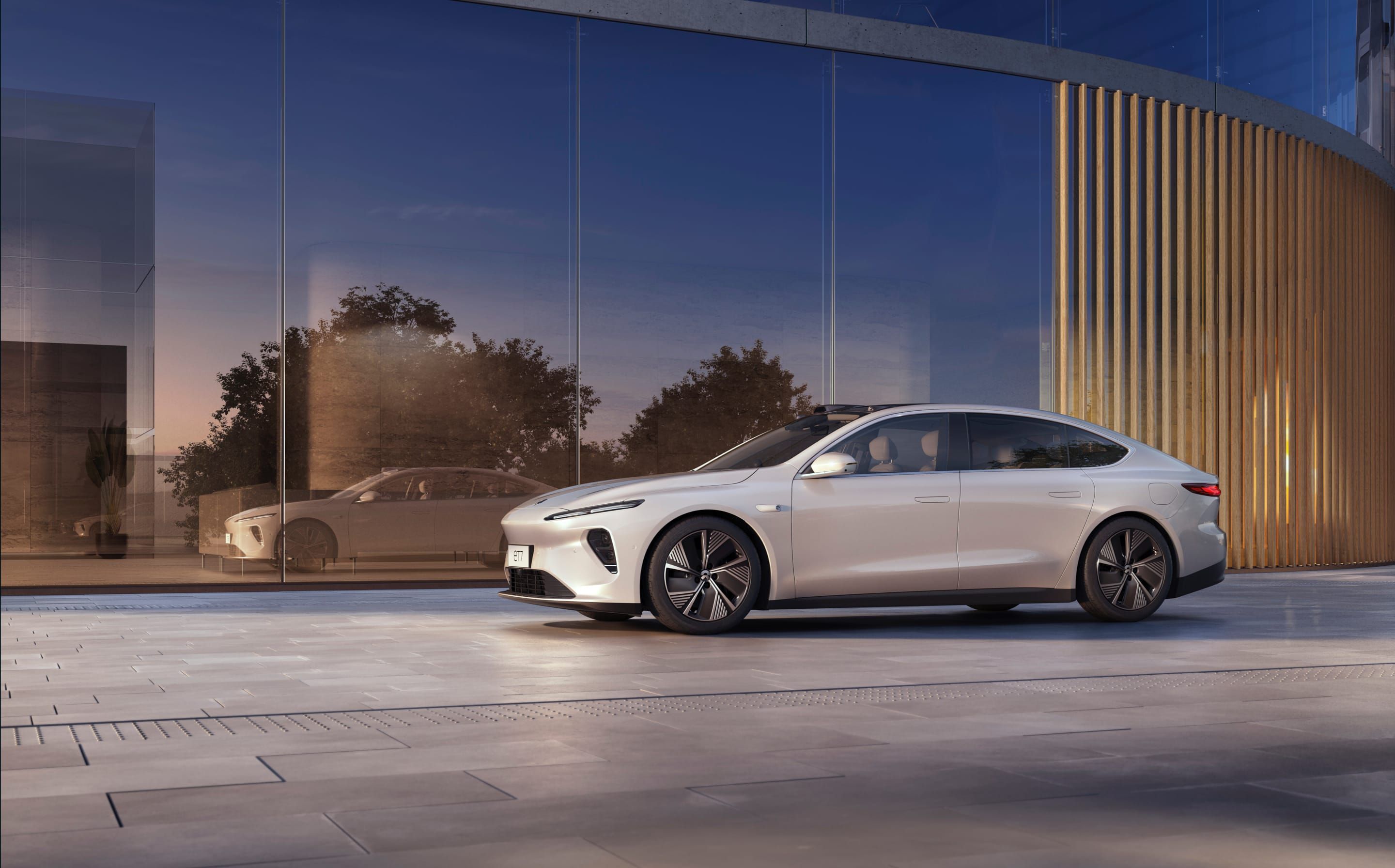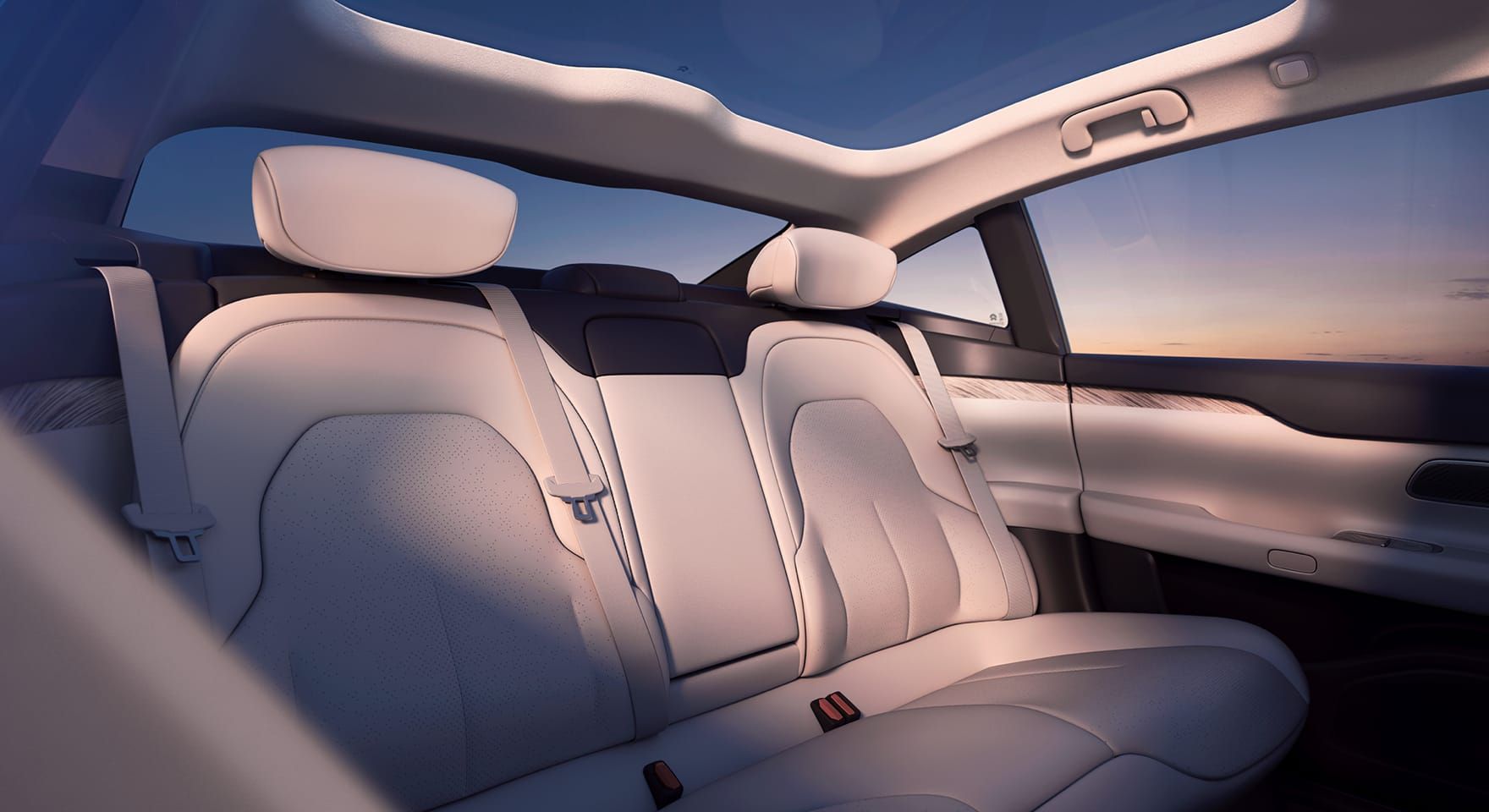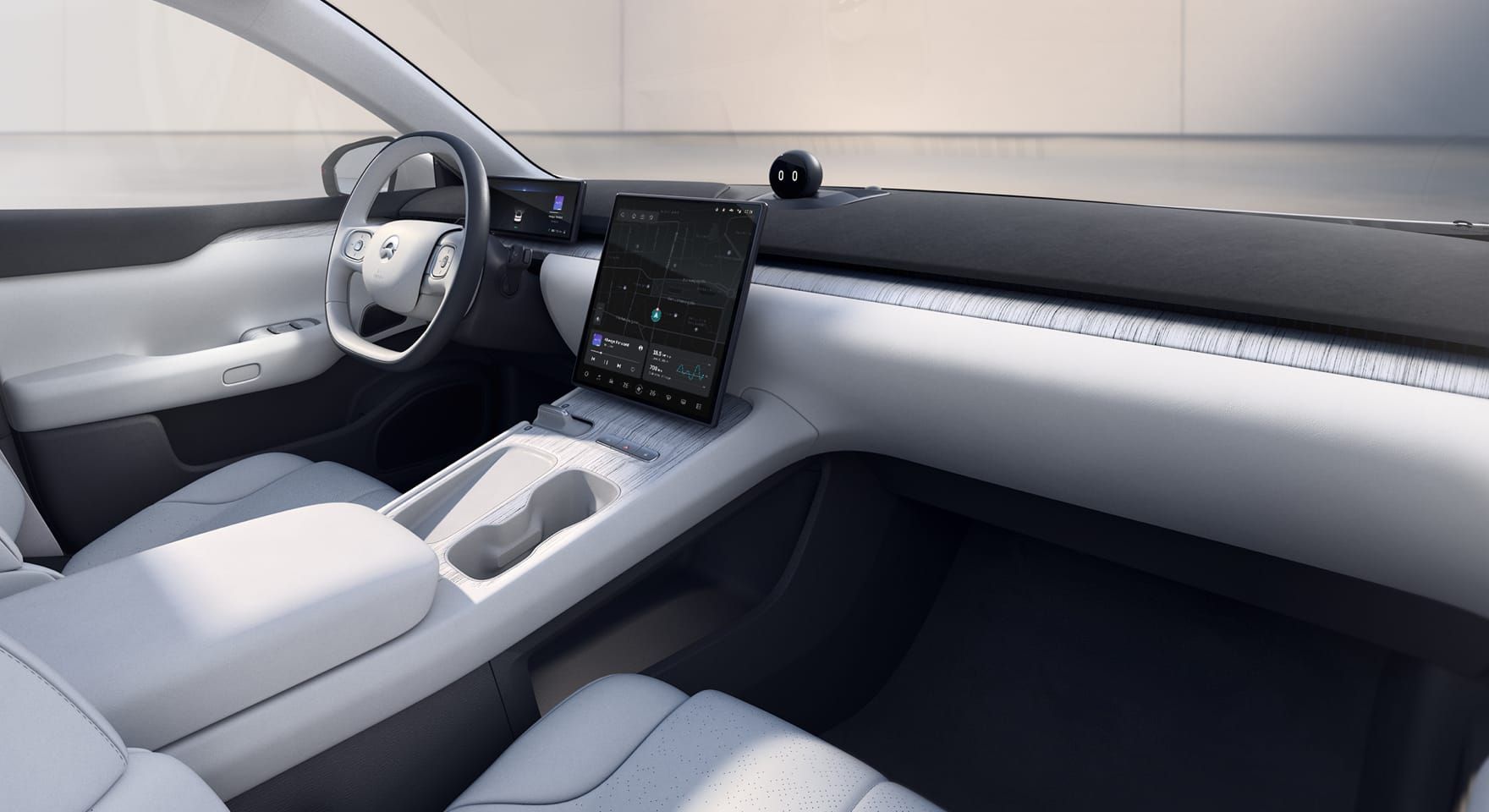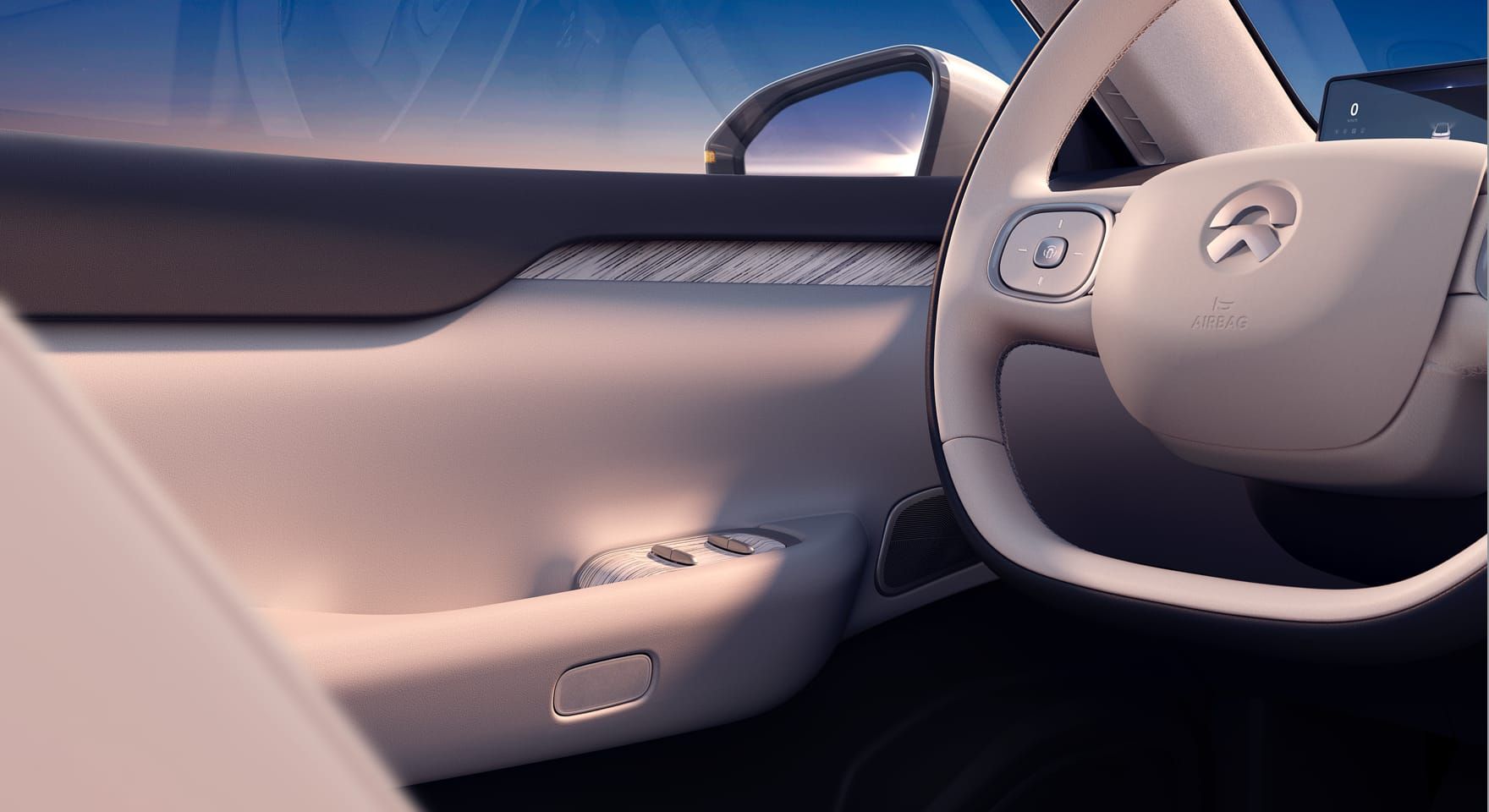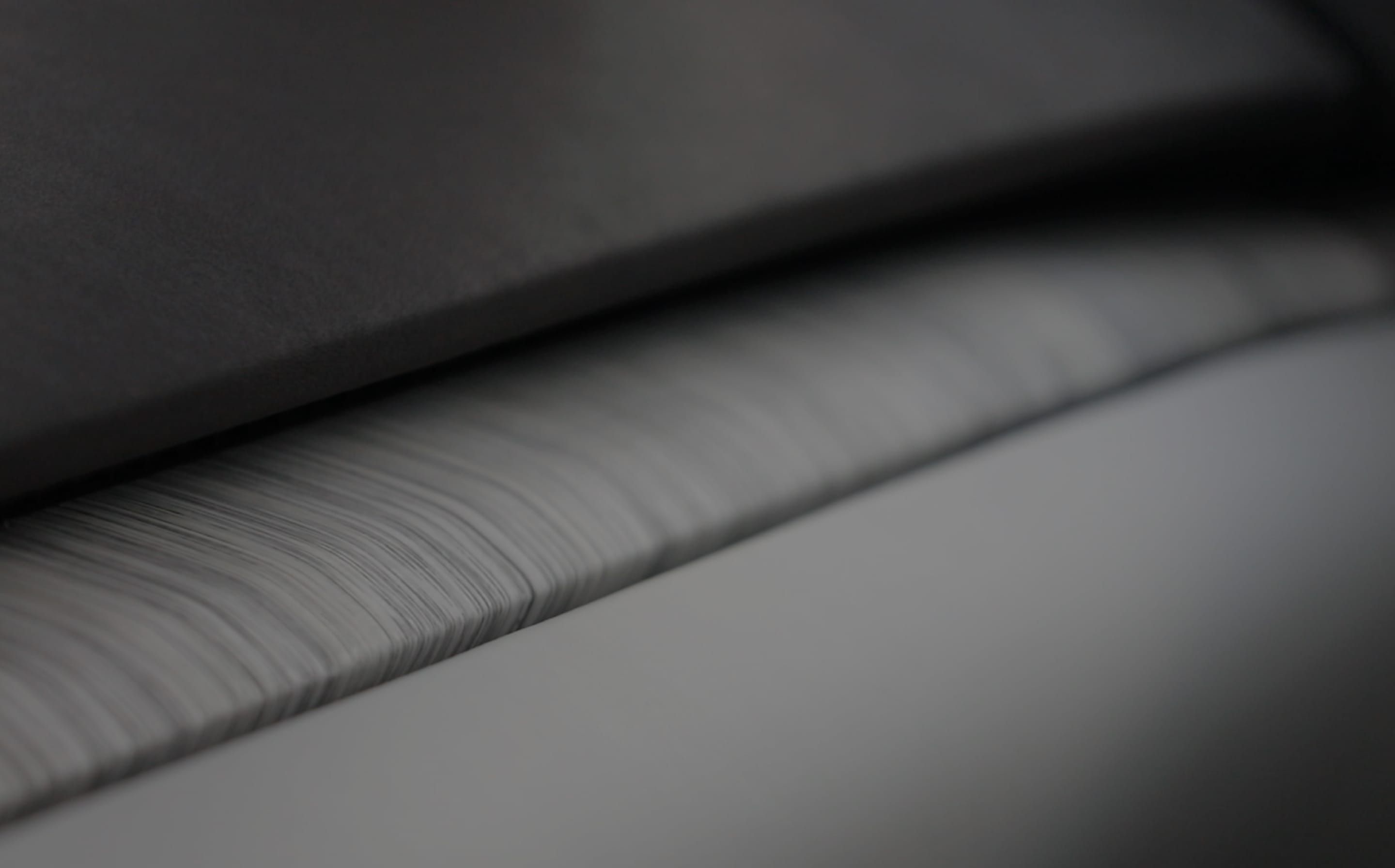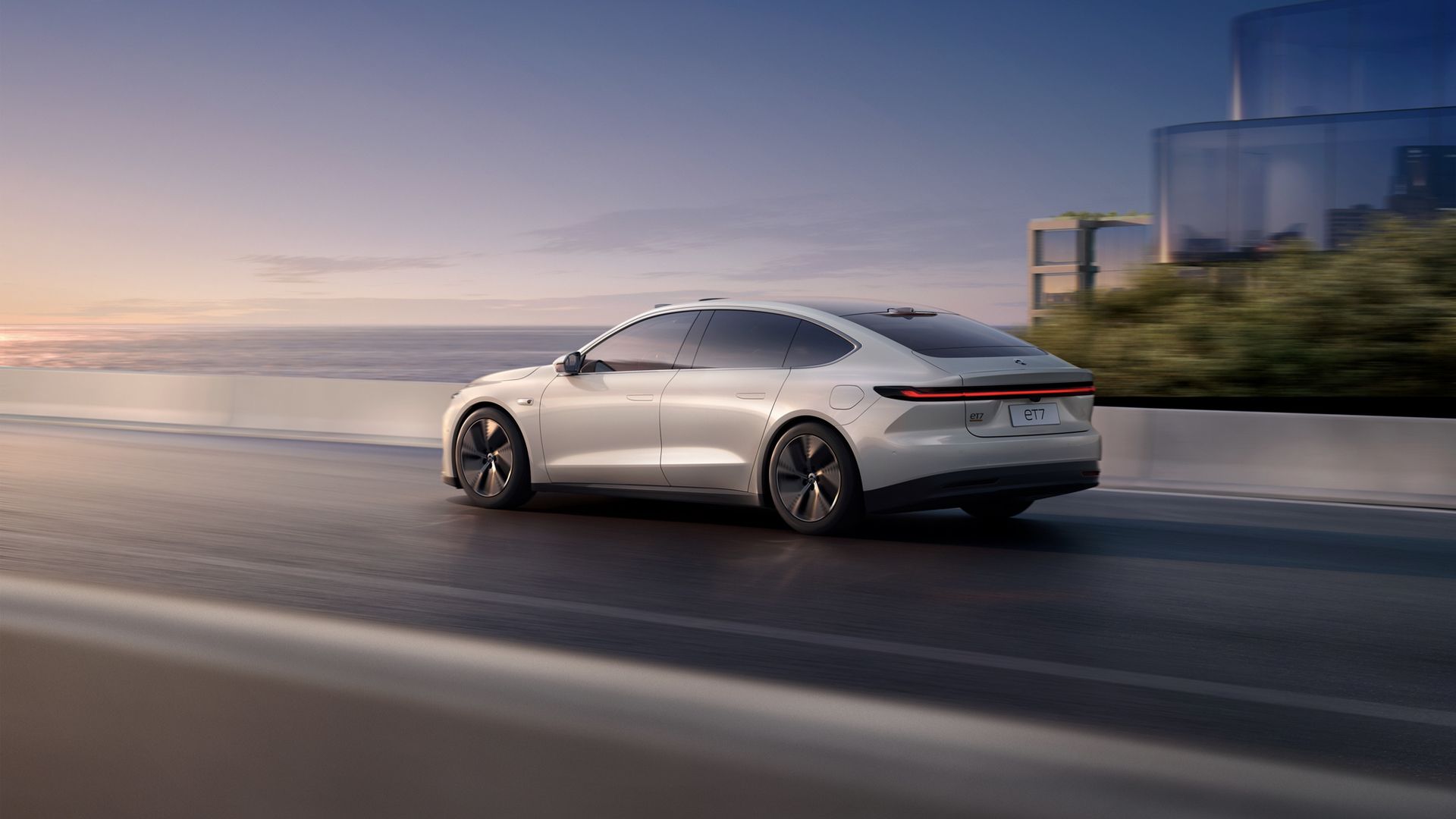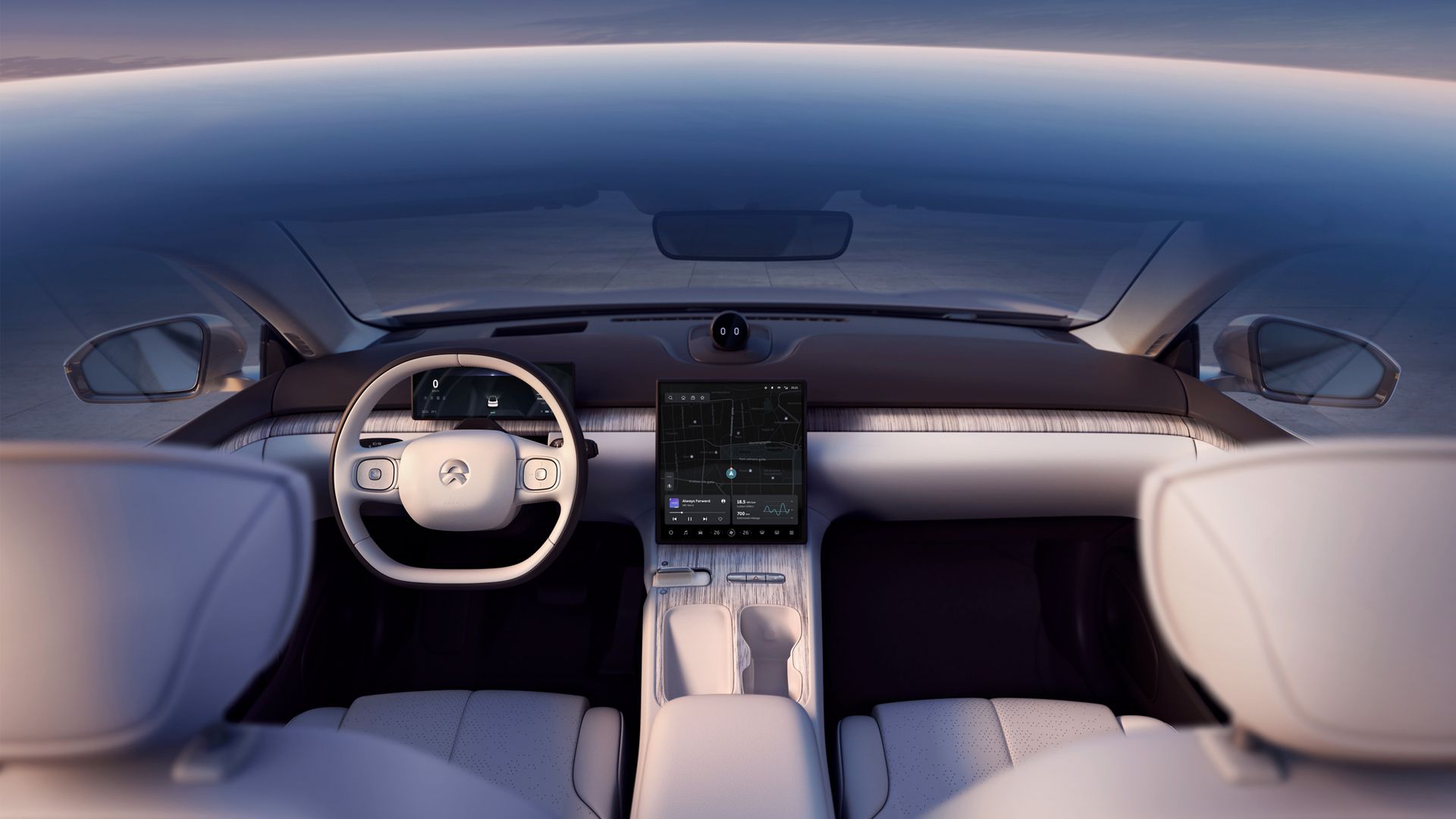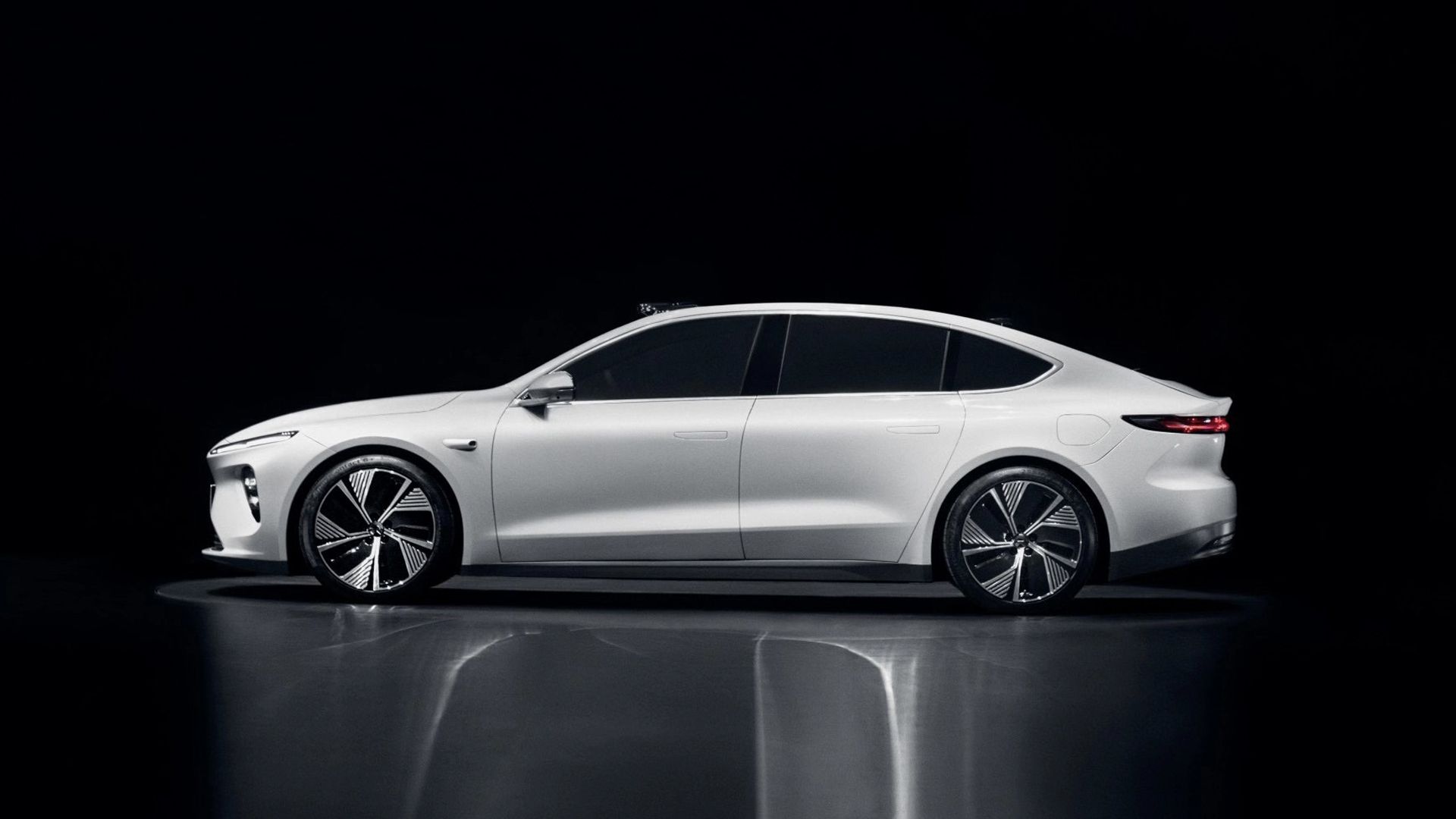In the first quarter of 2020, Chinese EV automaker Nio had almost gotten knocked out of the auto scene. But, thanks to an investment of $1 billion from the local government, Nio managed to get a second lease on life. It revealed the updated version of its electric, the ES8, and there’s no looking back ever since. Nio is growing leaps and bounds and the launch of its latest EV is a testimony to that.
The new electric sedan is called ET7. It will be offered with three different battery sizes, with the biggest of them all claiming to deliver 620 miles on a single charge! With pretty decent performance figures and tech features, can the ET7 take on the Tesla Model S successfully?
2021 NIO ET7 EV
- Make: Array
- Model: 2021 NIO ET7 EV
- [do not use] Vehicle Model: Array
Nio ET7 Exterior Design
Up front, it comes with super-slim LED headlights that have integrated double-dash daytime running lights. The design is clean without any heavy cuts and creases. Despite that, it looks quite muscular. The grille-less face generally looks odd on EVs, but that’s not the case with the ET7. The integration of the frunk lip with the bumper is seamless and it is one of the better overall designs we’ve seen in recent times.
The side profile is quite clean. The car comes with frameless windows and door handles that sit flush with the body. They extend out when you approach the car. The sweeping lines not only make the ET7 look good, but they also aid with performance and range. The Nio ET7 boasts of an impressive 0.23 coefficient of drag rating, beating the Tesla Model S’ rating of 0.24. However, it falls short of the Porsche Taycan and the Lucid Air, which come with a drag coefficient of 0.22 and 0.21, respectively.
The rear is as smart as the rest of the car. The full-width LED ‘crystal-like heartbeat’ taillight lights up in a sequential manner. The Sportback-esque vibes may not be to everyone’s liking, but it doesn’t make the ET7 look awkward. Notice carefully and you’ll see a few humps and bulges on the roof. These are the spots where Nio has placed the sensors for autonomous driving.
NIO ET7 EV exterior dimensions
|
Length |
200.7 inches |
|---|---|
|
Width |
78.2 inches |
|
Height |
59.3 inches |
|
Wheelbase |
120.5 inches |
Nio ET7 Interior Design
The cabin is minimalistic and all the features are operated using the big floating touchscreen on the center console. The air vents are invisible, thanks to some superb integration. The two-spoke steering wheel is dual-tone and has a flat-bottom that adds a little bit of sportiness. Nio has offered something known as the “Karuun Renewable Rattan”, which is essentially a material from the tropical rain forests and can be found in 14 pieces inside the cabin. That makes up for the ‘nature’ theme in the car.
The seats have ‘aero headrests’ at the back. They are ventilated, heated, and come with massage function. Nio has made use of Nappa leather for the upholstery and microfiber for the headliner. Apart from this, the ET7 also features waterfall ambient lighting that can be customized with the 64 different color options on offer.
Nio ET7 Technology
As is with most of the EVs these days, the Nio ET7 is high on tech features. Behind the steering wheel is a 10.2-inch digital instrument cluster that shows all the drive-related data along with battery and charge information. A head-up display will also be available. There is a 12.8-inch AMOLED touchscreen system on the center console. The rear seats will benefit from multi-function control screens with HDR.
Nio says that the system runs on Qualcomm’s third-gen automotive cockpit platform. It has one of the most powerful in-car connectivity options that we’ve seen lately, including 5G, Bluetooth 5.2, Wi-Fi 6, and UWB digital and smart key. The company has its own assistant called the NOMI which is placed on the dashboard above the center console touchscreen system. It has four microphone arrays and comes with voice recognition. A 7.1.4-channel sound system is also available to please the audiophiles. It features a 23-speaker sound system, 20-channel amplifier, and 1,000W power output.
Nio ET7 Autonomous Driving
Nio has developed full-stack autonomous driving capability. It includes Aquila Super Sensing and Adam Super Computing that are suites of hardware and software systems. The Aquila includes:
-* 33 sensing units in total
-* Ultralong range, high-resolution LiDAR
-* 11.8-megapixel high-resolution cameras
-* Enhanced driver monitoring system
-* Two high-precision positioning units
-* Five-millimeter wave radars
-* 12 ultrasonic sensors
-* V2X (Vehicle-to-Everything communication)
It is capable of generating eight GB of data per second. As for the Adam, it comprises Nvidia Drive Orin SoCs with a total computing power of 1,016 TOPS.
Nio ET7 Powertrain
The Nio ET7 will be offered with a dual-motor option only. A permanent magnet motor is placed on the front axle and an induction motor on the rear. The motor at the front makes 241 horses whereas the one at the back produces 403 ponies, which brings the combined output to 644 horses and 627 pound-feet of torque. It takes 3.9 seconds to sprint to 60 mph from a standstill. The 0-60 mph is impressive on paper when you compare it to its chief rival, it falls behind. Nio also noted that the sedan takes 33.5 meters to come to a halt from 62 mph. All the trims on the ET7 come with an air suspension as standard.
NIO ET7 EV specifications
|
Powertrain |
front permanent magnet motor + rear induction motor |
|---|---|
|
Power |
241 HP (front) / 403 HP (rear) |
|
Combined power |
644 HP |
|
Combined torque |
627 Lb-FT |
|
0 to 60 mph |
3.9 seconds |
Nio ET7 Battery and Range
If the performance specs seem unimpressive, Nio makes up for it very well in the range department. The ET7 will be sold with three different battery pack options. The smallest option is a 70 kWh battery pack that, according to the NEDC cycle, is good enough to cover more than 311 miles on a single charge. Next in line is the 100 kWh pack that can last for over 435 miles.
We’re yet to hear about the charging times, but, it should also be noted that NEDC figures are generally a little too optimistic and the real-world figures could see a slight dip. Nevertheless, these range figures are mighty impressive on paper at least.
Nio ET7 Pricing
Without factoring the subsidies from the government, this is how the Nio ET7 is priced:
-* Base - ¥448,000 ($69,350)
-* Premier Edition - ¥526,000 ($81,400)
Nio is also offering a subscription plan not for the car, but for the battery pack. Called the Baas – Battery as a Service - you can choose the battery that fits your bill the best depending on your usage and budget. This means you can opt for a top trim with the smallest battery pack, or the lower trim with the biggest battery pack, which you generally can’t do with the other EVs. Also works well if you take maybe one or two outstation trips a year and don’t need a bigger battery for the rest of the year. You could subscribe for a bigger pack when you head out and stay with the smaller one rest of the time. This, by the way, is offered on all the Nio products. A neat model there.
Without the battery packs, this is how the car is priced:
-* Base - ¥378,000 ($58,500)
-* Premier Edition - ¥398,000 ($61,600)
The converted prices are per the currency exchange rates at the time of penning this article.
Nio ET7 Competition
Tesla Model S
The Tesla Model S needs no introduction. It is the Nio ET7’s primary rival. Although the minimalist interior and exterior design have remained more or less the same since its inception, the Model S is still quite popular even today thanks to the constant software updates and upgrades that make it a complete package. The sedan is powered by a dual-motor setup.
The car comes with one model that focuses on the range and the other on performance. The former comes with an EPA rating of 402 miles, which made it the first car to breach the 400-mile mark, but was soon beaten by Lucid Air. The Performance trim takes just 2.3 seconds to hit 60 mph from a standstill. A Plaid model was introduced recently, but no Nio ET7 trim competes against it. In the U.S., the Long Range Plus Model S is priced at $69,420 whereas the Performance is priced at $91,990.
Read our full review on the Tesla Model S
Porsche Taycan
The Taycan is the German’s first EV and it is a good proposition. It looks good, is feature-rich, and strong on performance, but the range is nowhere close to its rivals and doesn’t make it value-for-money exactly. The base Taycan 4S takes four seconds to 60 mph, which is one-tenth second slower than the Nio ET7. In its best iteration, it takes just 2.8 seconds to 60 mph. The official range for all the three models hovers around 200 miles, which is downright pathetic, but some real-world testing revealed that it is delivering close to 300 miles. The starting price of the Porsche Taycan is $103,800 in the U.S. and approximately $137,500 in China, which is well over the ET7’s price.
Read our full review on the Porsche Taycan
Lucid Air
Lucid Air was revealed a few months back and it was touted as a Model S-killer. It trumped the Tesla in almost all aspects. It would’ve made for a fierce rivalry with the Nio ET7 too, but for now, their paths won’t clast. Nevertheless, it is a strong contender and makes the list. Even the Air comes with a clean exterior design and minimalist yet luxurious cabin. There’s stuff like Canopy Glass Roof, 34-inch curved glass cockpit, etc.
In its base form, it delivers 406 miles. The maximum range is rated at 517 miles, which is EPA-estimated and not as lenient as the NEDC cycle. So, expect the ET7 to deliver a similar range with its biggest battery pack. The Lucid Air starts at $77,400 in the States before the federal tax credits, thus bringing down the actual starting price to a shade under $70,000.
Read our full review on the Lucid Air
Final Thoughts
The biggest selling point of the ET7 is the 621-mile range figure, but this sounds a little too optimistic given the rating is as per the NEDC cycle. Even if it manages to achieve the same, this battery option will be available only in late 2022. By then, who’s to say that the battery tech in its rivals won’t get better and they offer a similar range?
Anyway, the Nio ET7 is available for order on the NIO app. The deliveries are expected to begin in the first quarter of 2022. For a company that almost went bankrupt less than a year back, this is a fantastic recovery. Nio’s first electric sedan seems quite competent and could be a worthy competitor to the Tesla Model S. Nio has got offices in the U.S., but its products are up for sale only in China.

